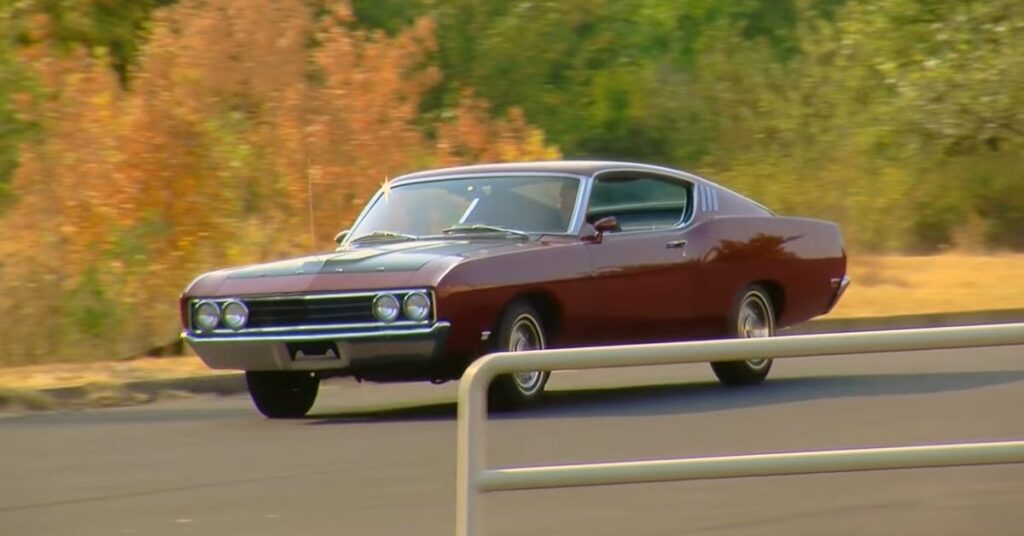The 1969 Ford Talladega 428 Cobra Jet is an iconic vehicle that embodies the spirit of American muscle cars from the late 1960s. With its aggressive design, powerful engine, and exceptional performance, the Talladega stands as a testament to Ford’s commitment to dominance on the racetrack and the open road. This extraordinary machine captured the hearts of car enthusiasts and left a lasting impression on automotive history. In this article, we will delve into the remarkable features and legacy of the 1969 Ford Talladega 428 Cobra Jet, exploring its distinctive design, potent engine specifications, and its impact on the automotive industry. Join us on this journey as we uncover the allure and significance of this legendary muscle car.
The Birth of the Talladega
The Ford Talladega’s origins can be traced back to its strong connection with NASCAR and the pursuit of aerodynamic advantage during the “Aero Wars” era of the late 1960s. As NASCAR rules dictated that race cars had to share the same DNA as their street-legal counterparts, Ford embarked on a mission to create a limited number of street versions of their race-inspired machine.
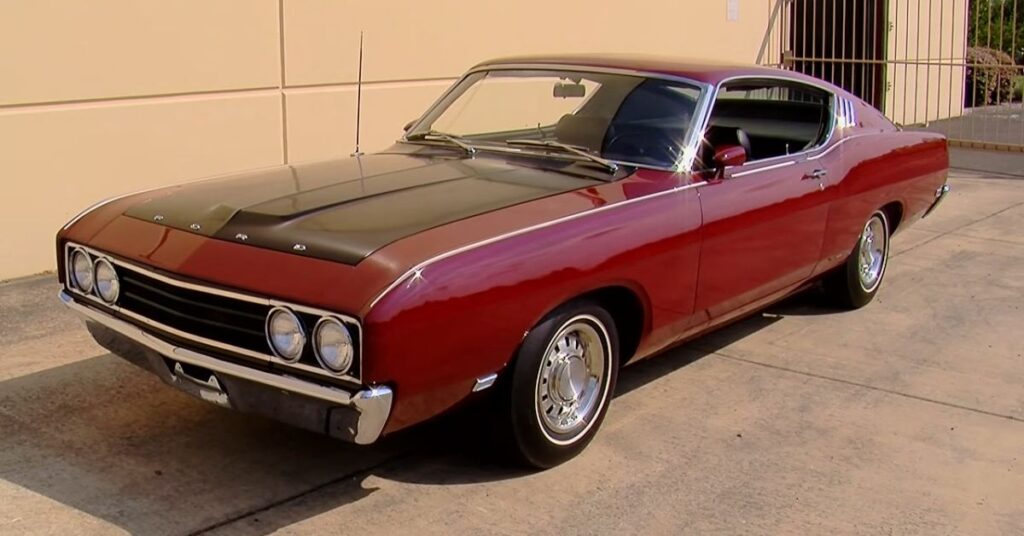
Exterior Features
The exterior of the Talladega underwent several notable modifications to optimize its aerodynamic performance. The most striking change is the extended nose, adding six inches to the length of the car compared to a stock Torino. The headlights and grille were also repositioned to the front to eliminate unnecessary air resistance.
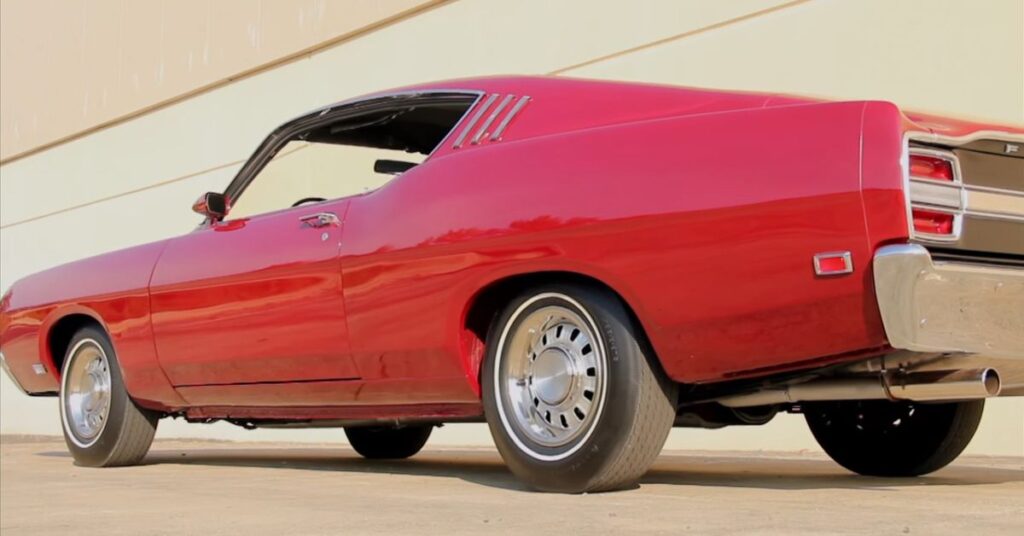
Another unique feature is the interchangeable front and rear bumpers, a rarity in the automotive world. The front bumper, unlike the stock Torino, was elongated and flattened to create a sleek, pointed front end.
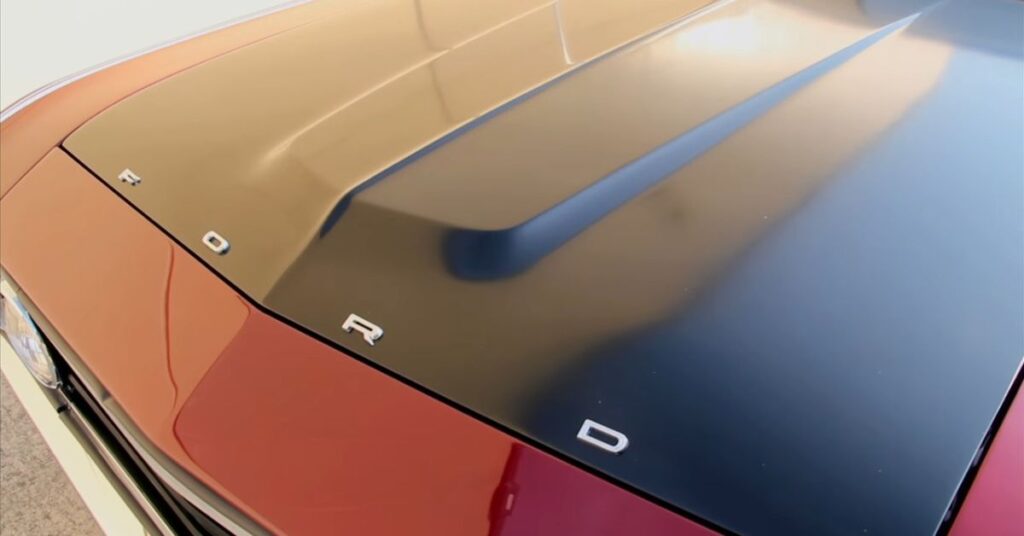
Enginie
At the heart of the 1969 Ford Talladega 428 Cobra Jet lies its formidable engine, a powerhouse that exemplifies raw American muscle. The 428 Cobra Jet engine was specifically developed by Ford to provide an exhilarating driving experience, both on the streets and the racetrack. With a displacement of 428 cubic inches (7.0 liters), this V8 engine boasted impressive performance figures. It featured a robust cast-iron block, forged steel crankshaft, and connecting rods, along with a high-lift camshaft and free-flowing cylinder heads. The result was an engine capable of delivering exceptional power and torque, making the Talladega a force to be reckoned with.
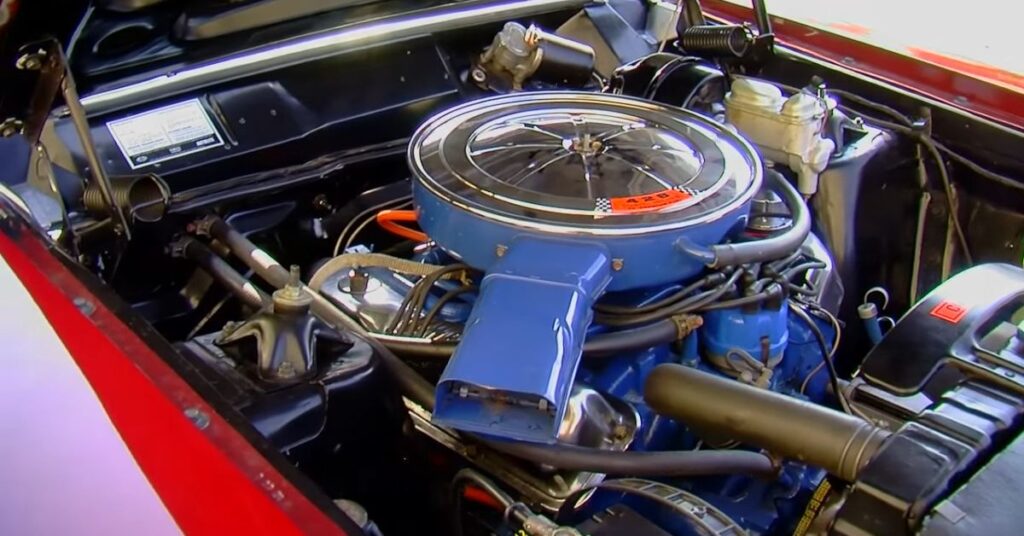
The 428 Cobra Jet engine incorporated numerous performance enhancements to optimize its output. It featured a four-barrel Autolite carburetor and an aluminum intake manifold, ensuring a steady supply of fuel and air to the cylinders. The engine was equipped with a dual-point distributor, high-capacity oiling system, and heavy-duty cooling components to manage the increased demands of high-performance driving. These modifications, combined with a 10.6:1 compression ratio, allowed the 428 Cobra Jet to generate an impressive 335 horsepower and a staggering 440 lb-ft of torque. This substantial power output gave the Talladega the ability to sprint from 0 to 60 mph in under 7 seconds, a remarkable feat for its time.
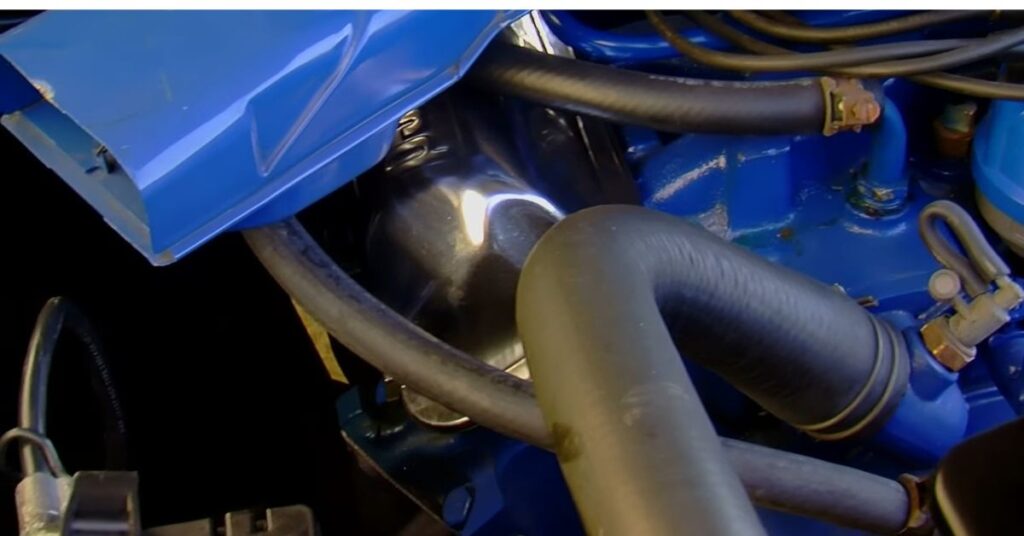
The 428 Cobra Jet engine’s impact extended beyond its sheer performance figures. It represented a pinnacle in Ford’s engineering prowess, showcasing their commitment to developing cutting-edge technologies for their muscle cars. The engine’s success on the racetrack, including victories at prestigious events like the NHRA Super Stock championships, solidified its reputation as a potent force in drag racing. Furthermore, the 428 Cobra Jet played a significant role in the evolution of high-performance engines, serving as a foundation for future iterations and inspiring generations of car enthusiasts. Its influence can still be felt today, as its legacy lives on in the hearts of muscle car aficionados and in the continued pursuit of power and performance in the automotive industry.

The Interior
The interior of the 1969 Ford Talladega 428 Cobra Jet was meticulously designed to offer a blend of comfort, performance, and style. From the moment you entered the cabin, it was evident that every detail had been carefully considered. The seating in the Talladega was designed for both support and comfort. The sporty bucket seats featured high-quality vinyl or optional leather upholstery, providing a secure and comfortable driving experience. The driver’s seat was adjustable, allowing for personalized positioning and ensuring optimal comfort during long drives.
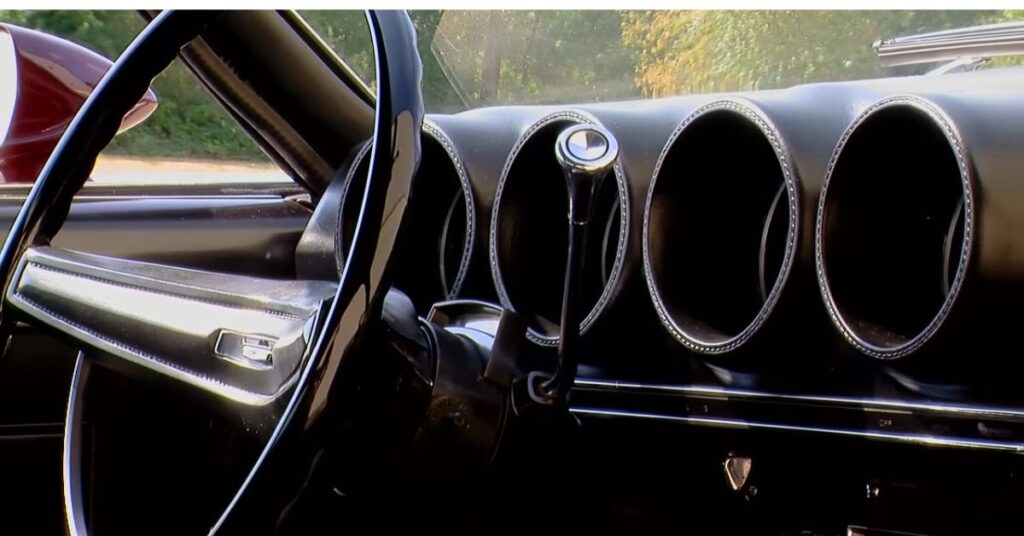
The dashboard layout was clean and functional, with easy-to-read gauges and intuitive controls within the driver’s reach. The iconic Hurst shifter was prominently placed in the center console, providing precise gear changes. Chrome accents added a touch of elegance to the interior, while the woodgrain trim on the dash and door panels elevated the overall aesthetic.
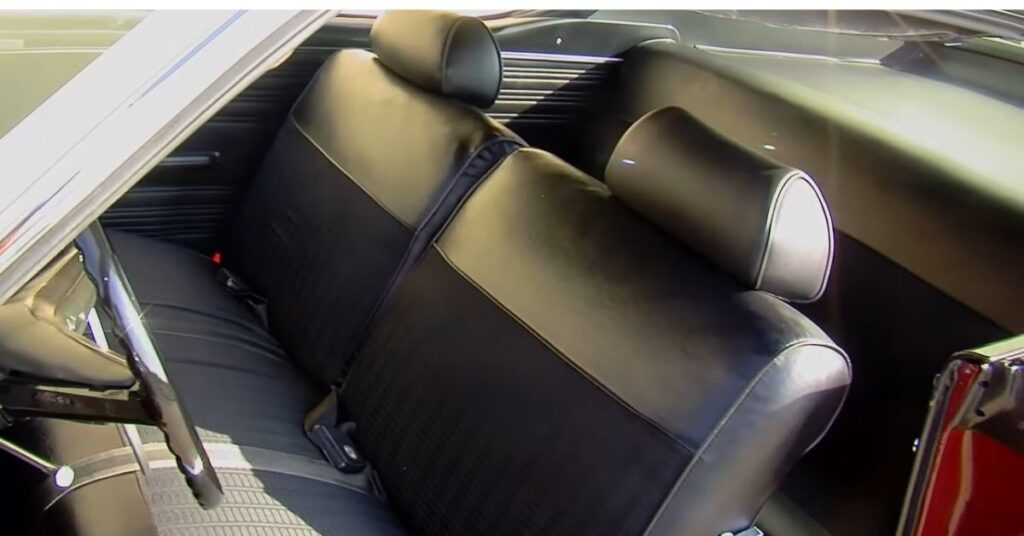
Attention to detail extended to the smaller features as well. The leather-wrapped steering wheel offered a firm grip and enhanced the overall driving experience. Optional power windows and air conditioning provided convenience and comfort in any weather condition. The interior storage compartments and spacious trunk ensured ample space for personal belongings and cargo.
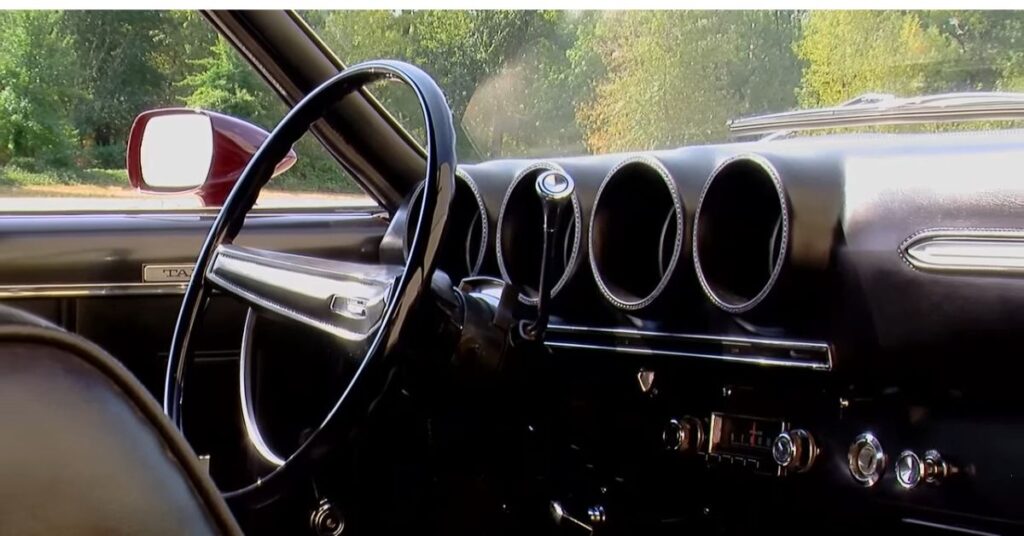
The interior of the Talladega also allowed for personalization. With a range of upholstery and color options, owners could choose a combination that reflected their individual style. From bold and vibrant choices to more subtle tones, the interior could be tailored to suit the preferences of the driver.
Ownership and Rarity
The 1969 Ford Talladega was a limited-production model, with only 750 units manufactured. These cars were available in three colors: Wimbledon White, Royal Maroon (as seen in this episode), and Presidential Blue. All Talladegas featured a satin black hood, not only adding a touch of menace but also reducing glare during race days. Despite their modest options list, each Talladega came equipped with an AM radio from the factory.

Conclusion
The 1969 Ford Talladega holds a special place in the annals of American muscle car history. Born out of the demanding world of NASCAR racing, it stands as a testament to the importance of aerodynamics in achieving victory on the track. With its distinctive design, performance upgrades, and limited production numbers, the Talladega is a highly sought-after and cherished collector’s item today. Ford’s dedication to pushing the boundaries of automotive engineering is evident in the creation of this iconic machine.
